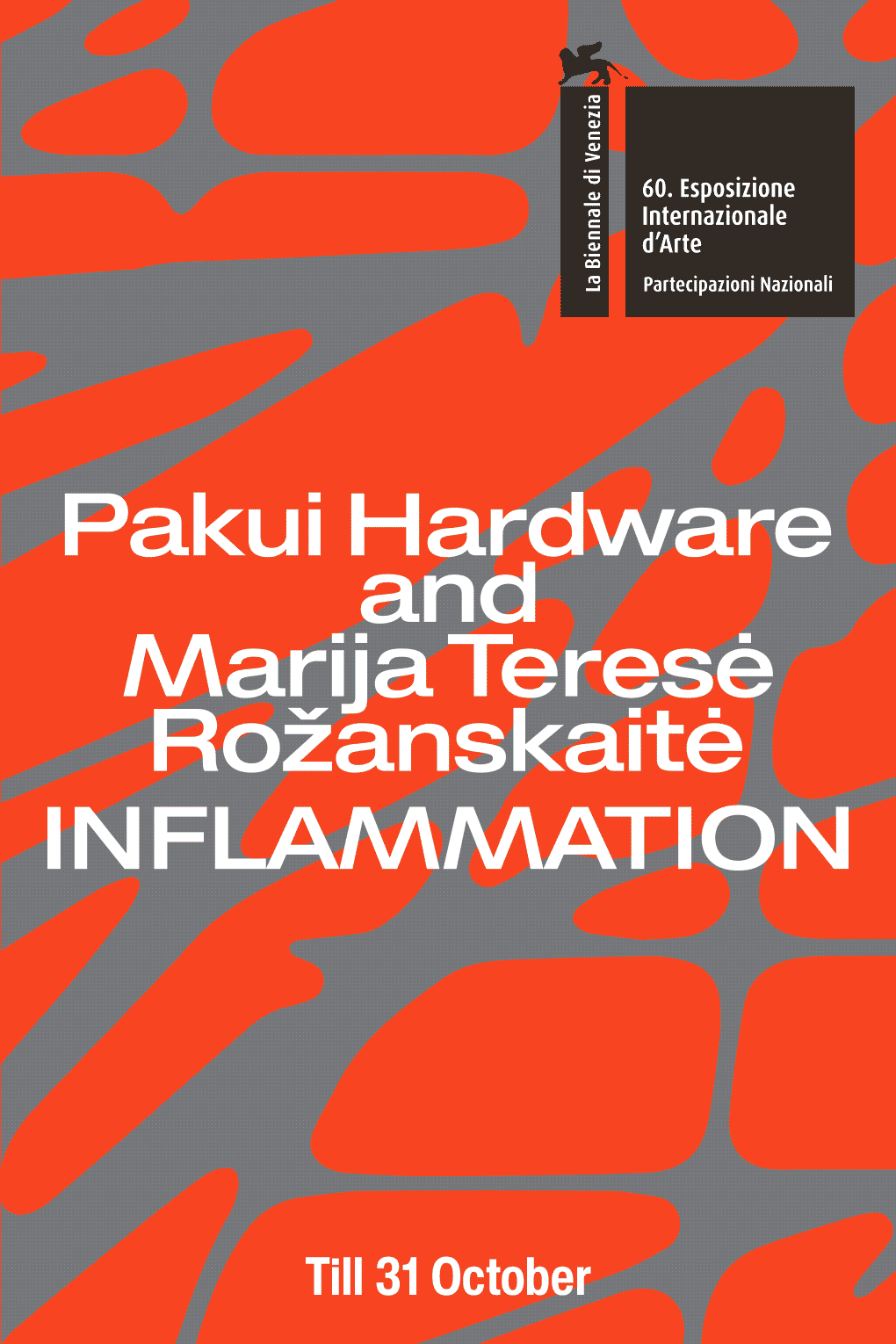Until March 17, 2017
Laura Bulian Gallery
via Piranesi 10
20137 Milan
Hours: Monday–Friday 3–7pm
Artists: Vyacheslav Akhunov, Said Atabekov, G.Kasmalieva & M.Djumaliev, Kyzyl Traktor, Saodat Ismailova, Alexander Ugay
The Laura Bulian Gallery is pleased to present Neon Paradise. Shamanism from Central Asia a group exhibition devoted to post-Soviet shamanic practices in contemporary Central Asian art. The exhibition consists of installations and photographs by Vyacheslav Akhunov (Uzbekistan, 1948), Said Atabekov (Kazakistan, 1965), Saodat Ismailova (Uzbekistan, 1981), G.Kasmalieva & M.Djumaliev (Kirghizistan, 1960 and 1965) and Alexander Ugay (Kazakistan, 1978). Furthermore, documentary records are exhibited giving a preview of performances by the Kazakh group Kyzyl Traktor (Red Tractor), founded in Shymkent in 1991 by the artists Said Atabekov, Smail Bayaliev, Moldakul Narymbetov, Arystanbek Shalbayev and Vitaliy Simakov.
For Said Atabekov the encounter with the myth of the shaman takes on the features of personal experience with alienating consequences. In his performances—whether alone or with other members of the group Kyzyl Traktor—the artist takes on the appearance of a shaman by dressing in a shamanic costume—or rather a philologically inaccurate variation of one. Atabekov’s reenacted shaman is first and foremost an “eccentric” uprooted from his village community context, where he performs bizarre rites that have been inevitably contaminated by the penetrating force of Western culture. Thus, he meditates on his knees before the sliding doors of a department store (Neon Paradise, 2003), interacting, alas, no longer with the spirits but rather with a humble photocell.
In the past interpreted as an almost ethnographic attempt to rediscover their roots, the work of Kyzyl Traktor instead seems to poke fun at the orientalist stereotypes through which westerners often view Central Asia. By flaunting this image of shaman-impostors, Atabekov and his companions take their distance from new age fads and the post-soviet commercialization of the shamanic heritage. A similar, playful tendency to disregard the spectators’ expectations can be seen in Tea Ceremony (2001), a super 8 film by Alexander Ugay, where the traditional Japanese tea ceremony is transformed into an ecstatic ritual of uncertain outcome, estranged even further by the obsolete technology employed to record it.
In the cases of Kyzyl Traktor and Ugay, the interpretative framework proposed by Viktor Misiano seems to hold, whereby recuperating ethno-national archetypes such as the nomadic lifestyle, the Steppe, Sufism or Shamanism, the artists of Central Asia create mythopoetic works. In other words, narratives that are not necessarily aimed at authenticity. A different inspiration, however, can be seen in the video Sham (2004), filmed by Gulnara Kasmalieva and Muratbek Djumaliev on Kochkor Ata in Kirghizistan, an extinct volcano, a sacred site and place of pilgrimage since ancient times. Sham is an intensely lyrical documentary testimony of the ritual fires that are lit there every Thursday and illuminate the slopes of the mountain for the whole night. As long as anyone can remember the black and red volcanic rocks of Kochkor Ata have been believed to possess a special energy. It is here that Kyrgyz shamans, called “baqshï,” used to bring their patients in search of healing. The main character of Sham is a sick pilgrim who climbs laboriously towards the summit, in the hope that her life may change.
The theme of an initiatory ascent (whether literal or metaphorical) is found again in the videos Ascent and Corner by Vyacheslav Akhunov in collaboration with Sergey Tichina (2004). Here the artist, known for his “archeological” approach to Soviet symbology, rereads the motif of ecstasy within the conceptual framework of Sufism, the mystical trend in Islam that is rooted in Central Asian shamanism. The creation of a space for meditation where direct contact can be made with the divine is pitted against the urban dimensions of Tashkent and the use of new technologies. In both works the manner in which the action proceeds, either by a backward tracking shots or oscillating loops, prevails over the attainment of the goal, which, according to the Sufi mystics, is always partial and temporary.
However, shamanism is also about communion with nature and Panic identification with the spirit world that surrounds us. In the installation entitled Stains of Oxus (2016), Saodat Ismailova develops a heart wrenching image of the river Amu Darya or Oxus, through scenes of daily life along its banks, and especially thanks to the dreams that haunt the inhabitants. Dreams that act as a go-between with ancestral spirits and a defence, however ephemeral, against the ecological catastrophe that is playing out in lake Aral: in just a few decades the basin into which the Oxus flowed has almost completely dried up. It is as if the “nostalgia for paradise” were ever more topical.



